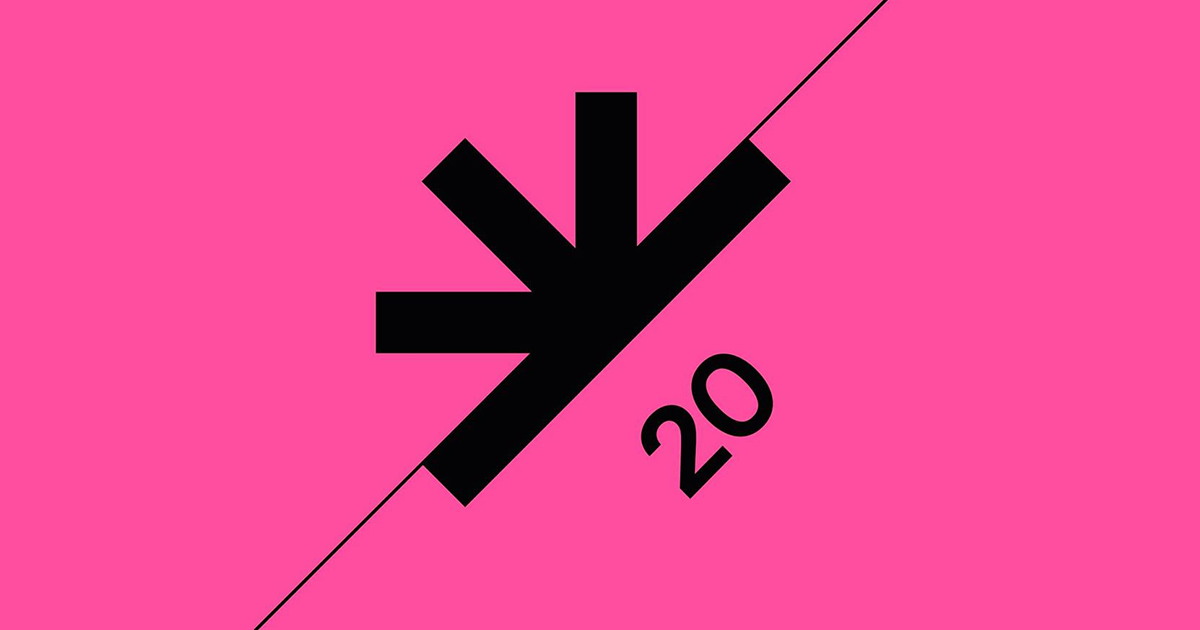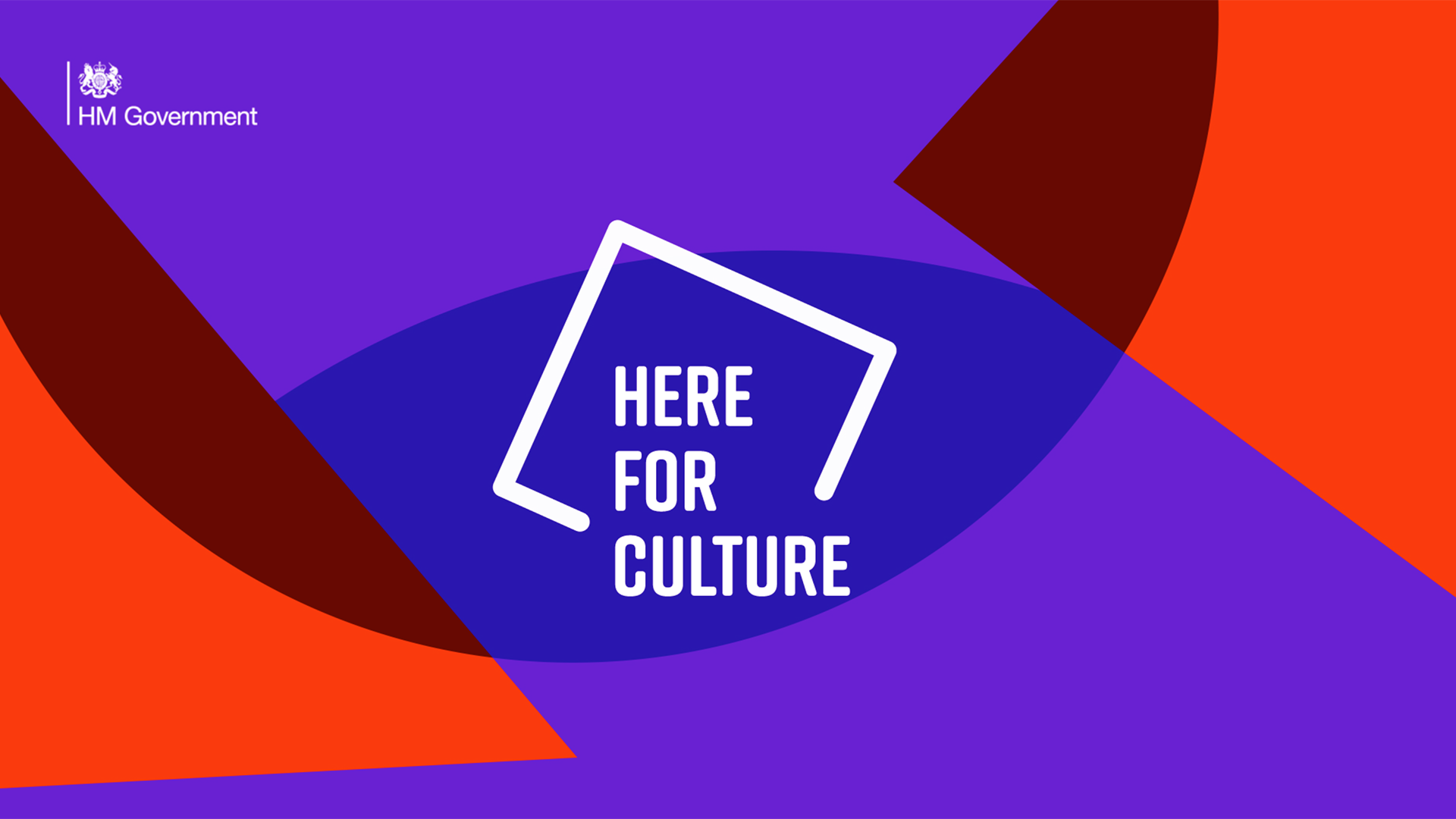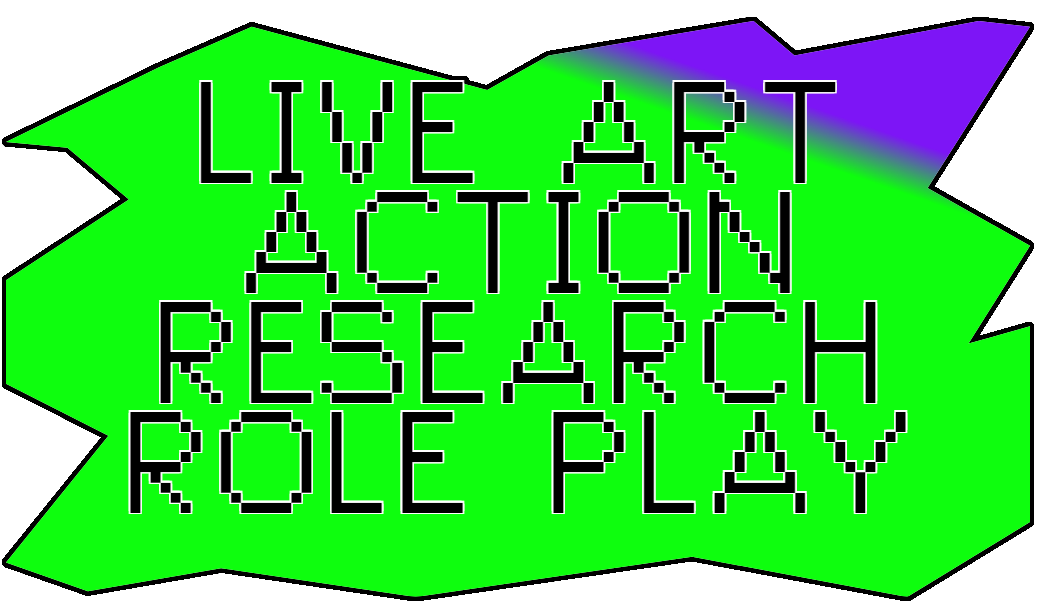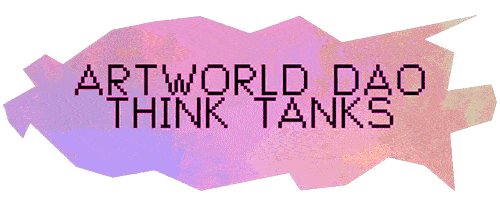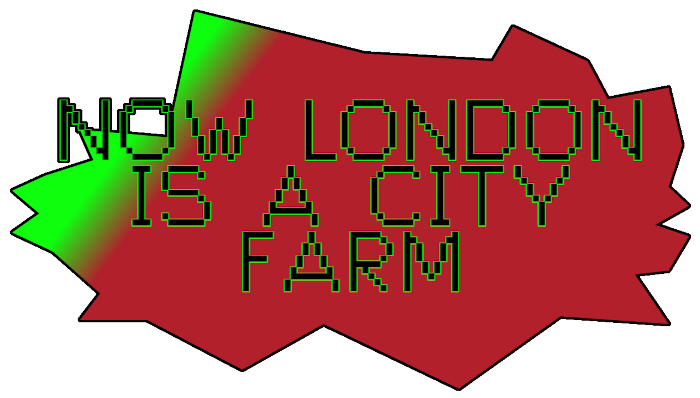Unblocking the collective imagination at a time when we most need it, CultureStake is an experiment to widen the conversation about what art can be and how it lives in the world.
A web-based voting system that allows everyone to vote on the types of cultural activity they would like to see in their locality CultureStake uses a combination of quadratic voting (QV) on the blockchain to put cutting edge web 3 technologies to radical, new, emancipatory use in the cultural sector.
Through a voting app and a selection event CultureStake works to connect communities, artists and cultural organisations in playful collective cultural
decision-making.
“The last month of NFT insanity foregrounds the new reality that blockchain technologies are fundamentally rewiring the art world – at this critical time there are few projects or protagonists that have as fundamental understanding of what is it at stake in meaning-making as Furtherfield. CultureStake is one of very few projects that could move the needle towards a more equitable adoption of these new cultural infrastructures.” – Ben Vickers, Serpentine
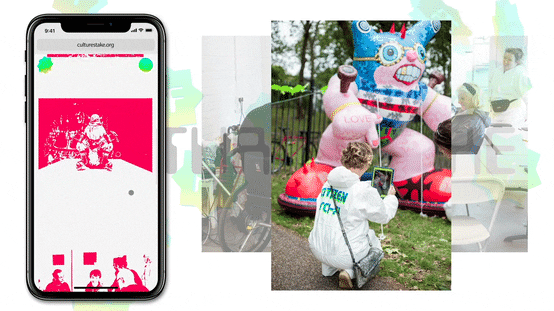
Collective Cultural Decision Making
Any cultural entity can set up a voting event using the app and consult closely with the communities most impacted by their work. For example, a city council might need to find out which new artwork should occupy a recently vacated public plinth. Or an arts organisation might need to know which artist on their shortlist should be next summer’s blockbuster.
CultureStake uses Quadratic Voting on the blockchain. Unlike a one-person-one-vote approach, QV allocates a number of voting tokens for participants to distribute across their choices as they see fit. However, as casting multiple votes for the same choice raises the token ‘price’ of the vote, participants carefully weigh up their options. Not only does this result in more nuanced decision-making, but fosters a strong sense of agency among participants. Indelible records produced by blockchain technology create communal data, transparency and trust. Putting it all on the blockchain means it cannot be rigged.
“Culture Stake brings new insights for the dismantling of inaccessible power structures in the arts. Their governance tools enable the people around galleries and project spaces like ours to express a range of preferences relating to events and exhibitions. This becomes invaluable not only for how it makes groups and networks the keyholders of the art world, but also for the knowledge it provides us with about what people care for and value highly.” – Calum Bowden, co-founder of Trust, Berlin
The prototype app can be used for live/in-person or remote/online only voting events. Voting events feature ‘taster’ artworks that provide interactive introductions to potential larger commissions. For example, a ‘taster’ artwork might be a computer game or audio tour and the larger commission might be an immersive AR experience. People vote on the tasters that are most meaningful to them and where they live and then arts organisations go on to commission them at scale – with support from CultureStake producers Furtherfield.
About the CultureStake Tech
A quadratic voting system implemented via smart contracts on the blockchain produces trusted, transparent voting data. Quadratic voting improves on one-person-one-vote, and ranking systems, by increasing information about the intensity and distribution of people’s preferences on a range of options.
A note on environmental impact. A lot of our work is focused on environmental questions in our work both as a thematic but also as a practice. Given recent controversies, we want to clarify that CultureStake is built on the blockchain because we believe it’s important to create trustworthy decentralised data about participants decisions to support better conversations about what votes mean. One of the trickier misconceptions going on in the current conversation around blockchain and energy is that ALL blockchains are energy-intensive, when really it’s only blockchains that use proof of work (like Bitcoin and Ethereum). For this reason we’re using a proof of stake blockchain, called XDAI. This means for example transactions use a similar amount of energy to posting on social media or streaming a song.
Main Repository URL: https://github.com/lazaruslabs/culturestake
Smart Contracts Repository URL: https://github.com/lazaruslabs/culturestake-contracts
Subgraph Repository URL: https://github.com/lazaruslabs/culturestake-subgraph
Credits
Concept by Ruth Catlow, Charlotte Frost & Marc Garrett. Contributions by Sam Hart, Irene Lopez de Vallejo, Gretta Louw, Rob Myers, Stacco Troncoso, and Ann Marie Utratel.
Technical development by Sarah Friend & Andreas Dzialocha.
Visual identity by Studio Hyte

